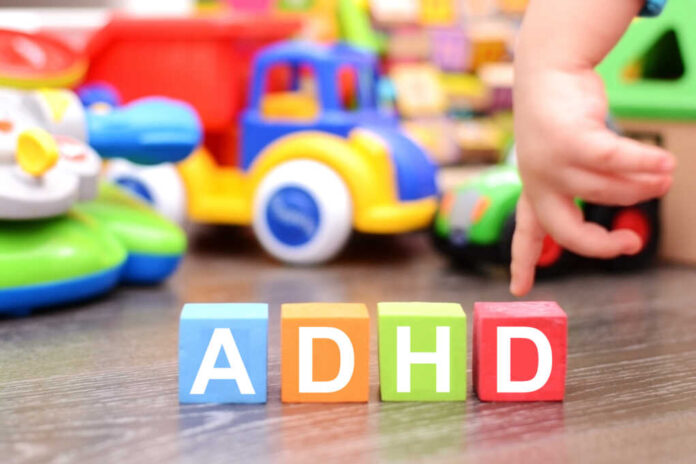
Organization can often seem like a steep mountain to climb for individuals with ADHD. The unique challenges presented by ADHD, such as difficulty in maintaining focus, managing time, and following through on tasks, can turn the simple act of organizing into an overwhelming ordeal.
However, embracing specific strategies tailored to the ADHD brain can transform this struggle into a manageable and even rewarding process.
These strategies are not mere band-aids but fundamental approaches that leverage the strengths of the ADHD mind, enabling sustainable organization and productivity.
1. Understand Your Unique ADHD Profile
Each individual with ADHD has a unique set of strengths and challenges. Understanding your specific ADHD profile is the cornerstone of developing an effective organization strategy.
Recognizing how ADHD affects you personally—be it through impulsivity, distractibility, or hyperfocus—allows you to tailor organizational methods that play to your strengths.
For example, someone who thrives on novelty and variety might find traditional organizing methods stifling. Instead, incorporating new and creative organizational tools regularly can keep engagement high.
2. Create an ADHD-Friendly Environment
The environment plays a critical role in supporting or hindering organization for individuals with ADHD. An ADHD-friendly environment minimizes distractions and makes it easier to focus on organizing tasks.
This might mean having a clutter-free workspace, using noise-cancelling headphones to block out distracting sounds, or setting up visual cues to remind you of tasks and deadlines. Tailoring your environment to reduce sensory overload can significantly improve your ability to organize and complete tasks efficiently.
3. Use Technology to Your Advantage
Technology offers a myriad of tools and apps designed to aid in organization, many of which are particularly beneficial for those with ADHD. Digital calendars, reminder apps, and task managers can automate reminders and help manage time effectively.
For example, using a task management app that allows you to break down projects into smaller, manageable tasks can make a large project seem less daunting and more achievable. Choose tools that resonate with your personal style and integrate them into your daily routine for maximum benefit.
4. Establish Routines
Routine and structure are vital for managing ADHD, yet they are often the hardest to establish and maintain. Start by building small, manageable routines around critical parts of your day, such as morning or bedtime routines.
These routines can serve as anchors, reducing the need for decision-making and making organization a more automatic process. Gradually, as these smaller routines become habitual, you can expand them to include other parts of your day.
5. Prioritize Tasks
For individuals with ADHD, everything can seem urgent, making it difficult to prioritize tasks effectively. Learning to distinguish between what is urgent and what is important is a critical skill.
One practical method is the Eisenhower Box, which helps you sort your tasks by urgency and importance, filtering them into categories of Do it Now, Decide When, Delegate It, or Delete It. This can help focus your energy on tasks that truly matter and prevent overwhelm.
6. Break Tasks into Smaller Steps
Large tasks can be particularly daunting for someone with ADHD, often leading to procrastination. Breaking tasks into smaller, more manageable steps can make them seem more approachable.
Each small step accomplished can also provide a sense of achievement, which boosts motivation to continue.
7. Use Visual Aids
Visual aids can be incredibly helpful for individuals with ADHD. Using color-coded files, labels, or even digital tools that allow for visual categorization of tasks can make organization more intuitive.
Visual aids serve as constant, at-a-glance reminders of what needs to be done, reducing the cognitive load required to remember and prioritize tasks.
8. Leverage Time Management Techniques
Effective time management is a common struggle for individuals with ADHD. Techniques such as the Pomodoro Technique, which involves working for a set period (usually 25 minutes) followed by a short break, can enhance focus and productivity.
These techniques help by providing a structured framework for working and resting, making it easier to stay on task and avoid burnout.
9. Seek Support
Organization is not a journey you have to undertake alone. Seeking support from friends, family, or professionals can provide accountability and encouragement.
For some, working with an ADHD coach can be particularly beneficial. These professionals specialize in helping individuals with ADHD develop organization and time management skills, offering personalized strategies that address your specific challenges.
10. Celebrate Successes
Recognize and celebrate your organizational successes, no matter how small. Positive reinforcement can be incredibly motivating. Celebrating progress reinforces the value of the strategies you’re implementing and motivates you to maintain your organizational efforts.
Adopting these strategies requires patience and persistence. It’s about finding what works best for you and adapting as needed.
Organization success with ADHD is not about perfection but progress.






















